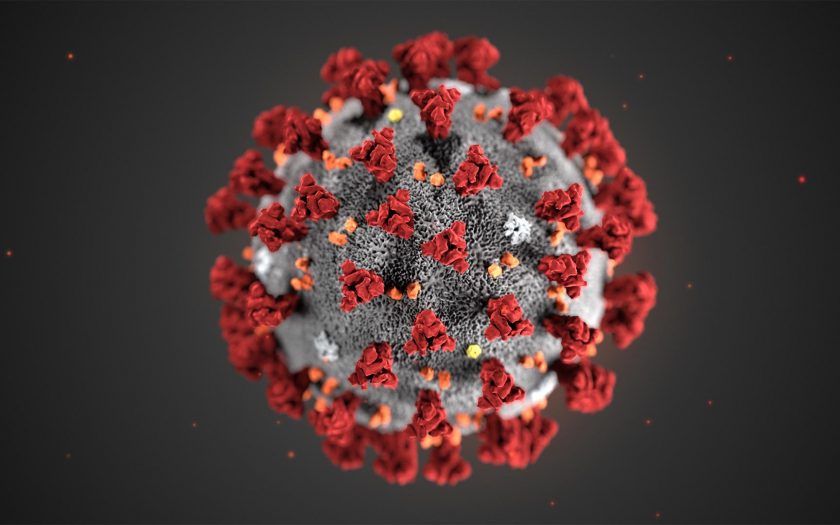It is now known that the new coronavirus is transmitted by droplet and contact pathways.
The contact route prevails. It can be implemented when the virus enters the mucous membranes of the nose, eyes through the hands or other objects (handkerchief, mittens) after touching some objects (such as animals, meat, fish, door handles, handrails) contaminated with respiratory secretions of sick or infected person.
Also, the virus is transmitted by droplets from person to person during coughing or sneezing in close contact (when droplets of more than 5 microns in diameter are formed). Coronaviruses are not capable of maintaining infectogenicity (transmission) by long-distance transmission. Therefore, close contact is considered less than 1 m, although some scientists allow the possibility of transmission (under certain conditions) up to 2 m.
Airborne viruses are transmitted from person to person through aerosol droplets (up to 5 microns in diameter) that can freely enter the alveoli and bronchioles. This transmission and infection pathway is not characteristic of coronaviruses, although it is possible under certain conditions – for example, in aerosol formation procedures. These include only medical procedures – bronchoscopy, tracheal intubation, rehabilitation of the tracheobronchial tree in a patient undergoing ventilation, and the like. Therefore, for the majority of the population, this path is not terrible.
So, how do ordinary citizens prevent new coronavirus infection?
- Do not touch potentially contaminated surfaces, including animals.
- Wash your hands frequently with soap or treat them with antiseptic.
Hand washing with soap:
– duration of the procedure – 20–40 s;
– water should be warm (comfortable temperature), not cold or hot;
– it is compulsory procedure if the hands are visibly contaminated, after walking the street, before eating, after visiting the toilet, if there is no antiseptic for the hands;
Hand treatment with alcohol-containing antiseptic:
– alcohol-containing hand antiseptic – a solution containing 60-80% alcohol or 2% chlorhexidine (other means that sell as “hand antiseptic”, such as chamomile infusion or solutions with 40% alcohol content, are not real antiseptics);
– the antiseptic should cover the entire surface of the skin of the hands (an average of 3 ml should be used per treatment);
– processing time – about 30 s;
– pay special attention to nails (the most dirt is accumulated there);
– it is mandatory procedure in case of any contact with (potentially) contaminated objects;
– in case of frequent use of antiseptic, use hand cream to avoid drying and skin cracks;
– control access of young children to antiseptic (it contains alcohol and is toxic for ingestion).
- Avoid crowds.
- If you get sick, stay home and see your doctor.
- Use a protective mask.
Be sure to:
– if you get sick and have a cough or runny nose;
– if you are in large crowds, for added protection.

